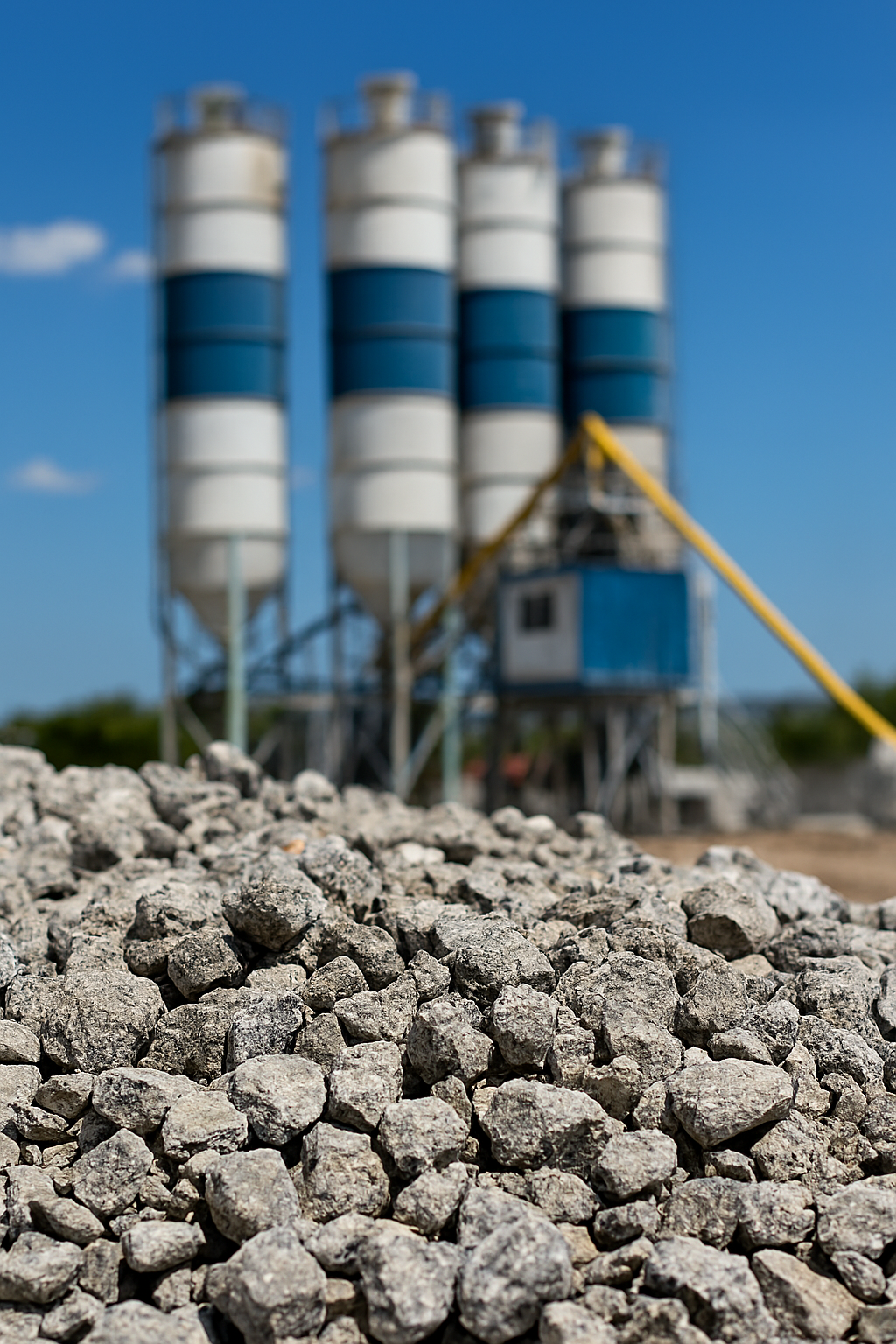Management of concrete waste as an inevitable byproduct in precast and readymix operations can dramatically cut disposal costs and turn waste into val
Management of concrete waste as an inevitable byproduct in precast and readymix operations can dramatically cut disposal costs and turn waste into valuable materials that can contribute to the sustainability and operational efficiency of a plant.
Concrete by its very nature is hard and heavy. Depending on the size and composition of the waste it may need specialised equipment to break into manageable sized materials ready to be repurposed as an aggregate or other useful material. While smaller units may be manually moved and recycled, heavy equipment is usually needed to handle bigger units and higher volumes.
In most instances the most effective way of dealing with these large units is excavators equipped with hydraulic breakers to break down large concrete pieces into smaller more manageable sizes. These breakers deliver powerful, repeated blows, cracking the concrete into fragments suitable for further processing. For smaller volumes or offcuts this method is cost-effective and flexible allowing for immediate onsite processing.
Once broken down the concrete fragments are fed into crushers. Jaw crushers are typically employed for primary reduction and can effectively handle large dense blocks of concrete. For secondary processing impact crushers may be used to produce well-graded material while cone crushers can generate fine consistent aggregates. Screens are integral to the process for classifying the crushed material into various sizes and ensuring that the final product meets specific requirements for different applications.
Where volumes don’t warrant an onsite plant the use of mobile crushing units that can be brought in occasionally offer the advantage of flexibility and allows for processing at multiple sites without the need for transporting waste to a central facility. These units can be equipped with integrated screening systems that enable the production of multiple aggregate sizes in a single operation.
However, embedded reinforcement steel can become a major nightmare. This must be removed to produce clean recycled aggregates. This is either done manually and painstakingly with the use of a lot of labour or with magnetic separators that are commonly used to extract ferrous materials from the crushed concrete. These separators are integrated into conveyor systems and screens ensuring that the steel is efficiently removed without contaminating the recycled product. In addition, the recovered steel can be sold to scrap dealers or steel mills which provides an additional revenue stream for the operation.
The primary goal of recycling concrete is to produce Recycled Concrete Aggregate (RCA), which can be reused in various applications. RCA is commonly used as sub-base material for roads and pavements, as backfill for trenches and excavations and as a partial replacement for natural aggregates in new concrete mixes where specifications allow. In some instances the use of RCA reduces the demand for virgin materials with associated savings in transport costs.
However, it’s important to note that the quality of RCA can vary depending on the source material and the processing methods used. Quality control measures such as testing for water absorption, particle size distribution and compressive strength are essential to ensure that the recycled aggregate meets the required specifications for its intended use.
It is not only precast plants that face the accumulation of concrete waste. Readymix plants also face unique challenges with returned concrete which can be difficult to manage due to its perishable nature. While advanced plants may have reclaimers which allow for the separation of sand, stone and water from the returned concrete not all can afford to do so.
The vast majority of this concrete is dumped where large volumes of returned concrete accumulate and can be processed by mobile crushers which can be employed to process the material onsite where it is converting to reusable aggregates. In all cases it is advisable to collaborate with mobile operators and recycling specialists to provide solutions for handling excess concrete efficiently and ensuring that the material is processed in an environmentally responsible manner.
By reducing the amount of waste sent to landfills these operations can lower disposal fees and minimise their environmental footprint. The recovery of aggregates and steel provides cost savings and potential revenue streams. Additionally, the use of RCA in construction projects supports sustainability goals by reducing the demand for virgin materials and conserving natural resources.
Efficiently managing concrete waste through recycling is a practical and beneficial strategy for precast and readymix operations. By investing in appropriate equipment and or partnering with specialist waste disposal companies many of these operations can reduce waste and by doing so they can contribute to the sustainability of their plant as well as assisting to meet environmental goals.

